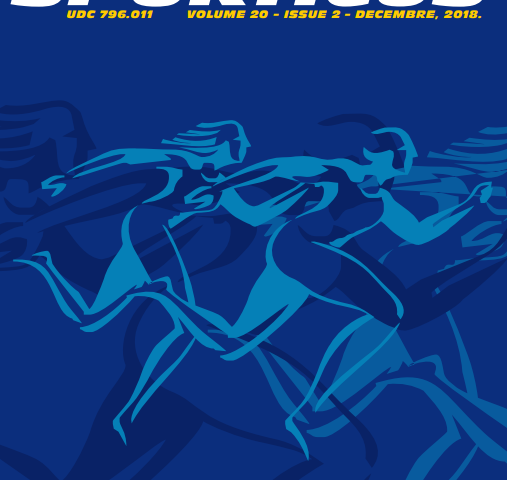Abstract
The aim of this study was to determine the predictive value of coordination tests in achieving of students success at the Faculty of Sport and Physical Education in the performance of stylized movement structures in classes of Dance and Aerobics. The significance of this research is to define those coordination tests that have a real / realistic predictive contribution of achieving success in these classes during the study and could be rightly used for selection of students in universities entrance examination. The sample for this study consisted 80 students (male) third academic year at the Faculty of Sport and Physical Education in Sarajevo. The sample of variables to evaluate coordination consisted three tests: (MKRKUS) – side steps, (MKROSS) – eight with bending, (MKRBUB) – not rhythmic drumming. The variables for the estimation of basic dance structures (total of 9 variables) and aerobic movement structures (a total of 5 variables) accounted for the dance elements of the English waltz, Vienna waltz, Cha-cha-cha and the basic steps Hi-low aerobics. All of these movement structures students learn and pass within the practical teaching of dance and aerobics in universities. Assessment of success performing stylized movement structures was undertaken by three competent evaluators, numerical grade from one to five, corresponding Linker scale of assessment. To determine the significance of the predictor variables of the system (coordination tests) on each criterion (the total efficiency in dance and total efficiency in aerobic) it was used Regression analysis. Results of regression analysis confirmed a significant predictive contribution to tests of coordination in achieving success in performing stylized movement structures of the male sample. Test of coordination in rhythm, not rhythmic drumming – (MKRBUB) has the highest predictive value, and therefore it is suggested that as one of the measuring instruments should be included in a battery of tests for selection of students in the entrance exam and admission to the Faculty of Sport and Physical Education.


